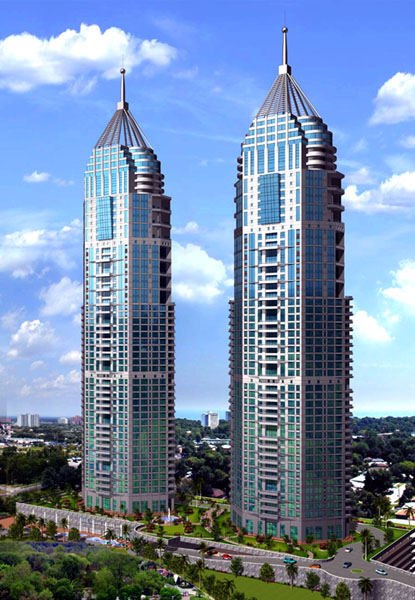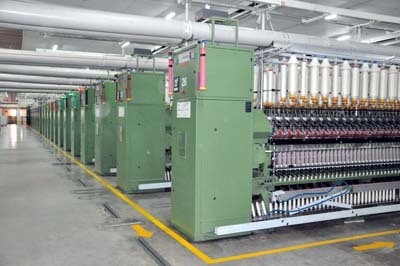

In December 2010, the local cotton cost was upward by 50% as likened to the December 2009 costs. The strong domestic requirement and the rebirth of the Economic markets by 2009 provides directed to huge development of the Indian textiles sector. 60% of the Native indian textile Sector is 100 % cotton based. Some other fibres produced in Indian include silk, jute, wool, and man-made materials. India can be the second largest manufacturer of dietary fibre in the world and the main fibre produced is usually cotton. During the late 17th and 18th millennium there had been large move of the American indian natural cotton to the western nations to meet the want of the Western industries during industrial revolution. The American indian silks were often sold with the traditional western nations for their spices in the barter program.

Large quantity of northern Indian cotton were traded through the man made fiber path in China and taiwan 5to the western nations. This demonstrates that Indian native export of cotton fabrics to the Egypt or the Nile World in middle ages times were to a large extent. A mass imprinted and resist-dyed fabric, whose origins is certainly from Gujarat had been discovered in the tombs of Fostat, Egypt. There had been textile industry in Indian during the early hundreds of years. Reference point to weaving and spinning components is found in the Vedic Materials. The Pawtucket mill where he demonstrated his innovation is now the Slater Mill Historic Site and has been called the Cradle of American Industry.The archaeological studies and research have found that the individuals of Harrapan civilization knew weaving and the spinning of natural cotton four thousand years ago.

He later operated mills in Connecticut and New Hampshire. Slater eventually broke away from Almy and Brown to open Samuel Slater & Company at Pawtucket, Rhode Island. Slater had helped bring the Industrial Revolution to America. New England's mills provided the model for the American factory system. The Jefferson Embargo of 1807, which prohibited importing textiles, also aided the industry. Slater hired children ages seven to 14 to run the mill -a practice that other New England textile factories also adopted. Labor proved to be in ample supply as well: Because mill machinery was not complicated, children could operate it (and often did). Within the first three decades of the 1800s, New England became the center of the nation's textile industry: the region's ample rivers and streams provided the necessary water power and the commercial centers of Boston and New York City readily received the finished products. Slater's innovation earned him the title "Father of American Manufactures" from President Andrew Jackson (1829 –37), as well as the title "father of the American textile industry." He was credited with spawning the factory system in the United States. The machine was a success and soon revolutionized the American textile industry, which had previously relied on cottage workers (the putting-out system) to manufacture thread and yarn. The spinning mill debuted December 20, 1790, in the village of Pawtucket, Rhode Island, where the wheels of the mill were turned by the waters of the Blackstone River. From memory Slater began building a spinning mill based on the Arkwright machine. Eager to seek his own fortune, Slater disguised himself in 1789 to evade the authorities and sailed from England to recreate the spinning mill in America.Īrriving in Providence, Rhode Island, Slater formed a partnership with the textile firm Almy and Brown. The British considered the Arkwright mill the cornerstone of their booming textile industry and laws prevented anyone with knowledge of the mill from leaving the country. The twenty-one year old had worked as a textile laborer for more than six years in an English mill, where he learned about the workings of a cotton-spinning machine invented (1783) by Richard Arkwright (1732 –92). Spinning mills were introduced to the United States in 1790 by English-born mechinist and businessman Samuel Slater (1768 –1835).


 0 kommentar(er)
0 kommentar(er)
